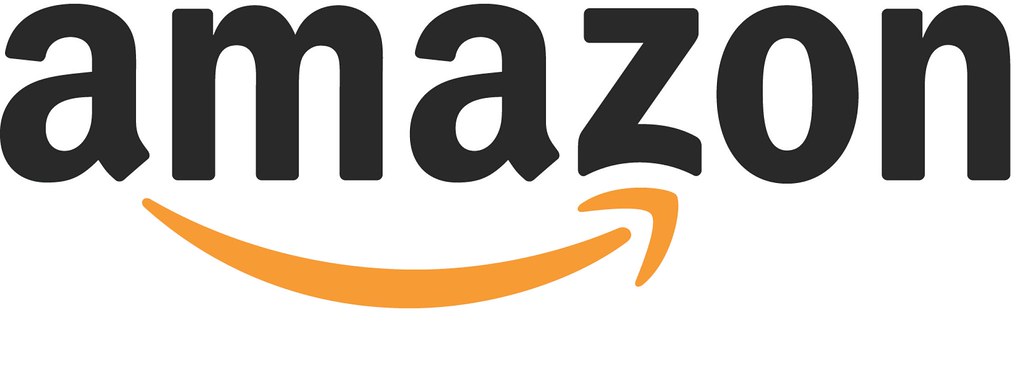
In 2025, the rivalry between Amazon and Walmart stands as a high-voltage clash that fundamentally reshapes how America shops, saves, and receives. These retail titans do not merely sell products; they are the architects of modern consumer behavior, influencing everything from daily necessities to complex digital services. This ongoing face-off represents a dynamic interplay of speed versus scale, cloud innovation versus concrete infrastructure, and the distinct value propositions of memberships versus everyday low prices.
For shoppers, sellers, and brands alike, the implications of this competition touch wallets, workflows, and growth plans across the economic spectrum. The retail industry as a whole, valued at $5.7 trillion in 2025 and projected to grow to $7 trillion by 2030, is a battlefield of innovation where legacy giants meet tech-driven disruptors. Amidst this backdrop, artificial intelligence (AI) is rapidly transforming critical areas, with 82% of retailers planning to increase AI investments in 2025, up from 65% in 2024.
This article offers a comprehensive, data-driven analysis to dissect the strategies, strengths, and vulnerabilities of Amazon and Walmart as they contend for market supremacy. We will delve into the intricacies of their business models, membership programs, marketplace dynamics, fulfillment capabilities, and the crucial battle for grocery dominance. The aim is to provide a decisive guide on who wins where, why it matters, and how various stakeholders can strategically capitalize on the evolving retail landscape.
1. **The Quick Verdict: Digital vs. Omnichannel Dominance**
For pure e-commerce convenience and a comprehensive suite of digital services, Amazon maintains its formidable lead. Its marketplace depth, bolstered by an expansive content ecosystem that includes Prime Video, Music, and Audible, solidifies its position as the default choice for consumers seeking immediate online gratification. The company’s disciplined logistics choreography ensures that for many, Amazon is synonymous with the rapid fulfillment of online orders, making it the go-to platform for items needed with urgency.
Conversely, Walmart demonstrates its powerful resilience and strikes back decisively in the realm of total household spend, particularly within the grocery sector. Its extensive network of physical stores, strategically located across the nation, provides unparalleled density that is difficult for competitors to match. This physical footprint, combined with its excellence in curbside pickup services and its steadfast commitment to relentlessly low prices, creates a powerful competitive moat that has proven challenging for rivals to breach.
For brands and third-party sellers navigating this complex retail environment, both platforms are unequivocally essential, each offering distinct advantages. Amazon provides unparalleled global reach and a suite of turbocharged advertising tools, enabling rapid scale and discovery. In contrast, Walmart offers a less saturated marketplace with lower competition in key categories, fast omnichannel visibility through its integrated store and online operations, and a safer margin structure, particularly in the critical grocery and staples segments.
Looking ahead to the 2025–2027 horizon, industry observers anticipate a split decision in the ongoing rivalry. Amazon is poised to continue leading in digital monetization, capitalizing on its robust advertising platforms, subscription services, and the immense profitability of its cloud computing arm, Amazon Web Services (AWS). Simultaneously, Walmart is expected to further expand its omnichannel dominance, particularly through the synergistic integration of grocery, pickup/delivery services, pharmacy offerings, and its foundational value proposition.
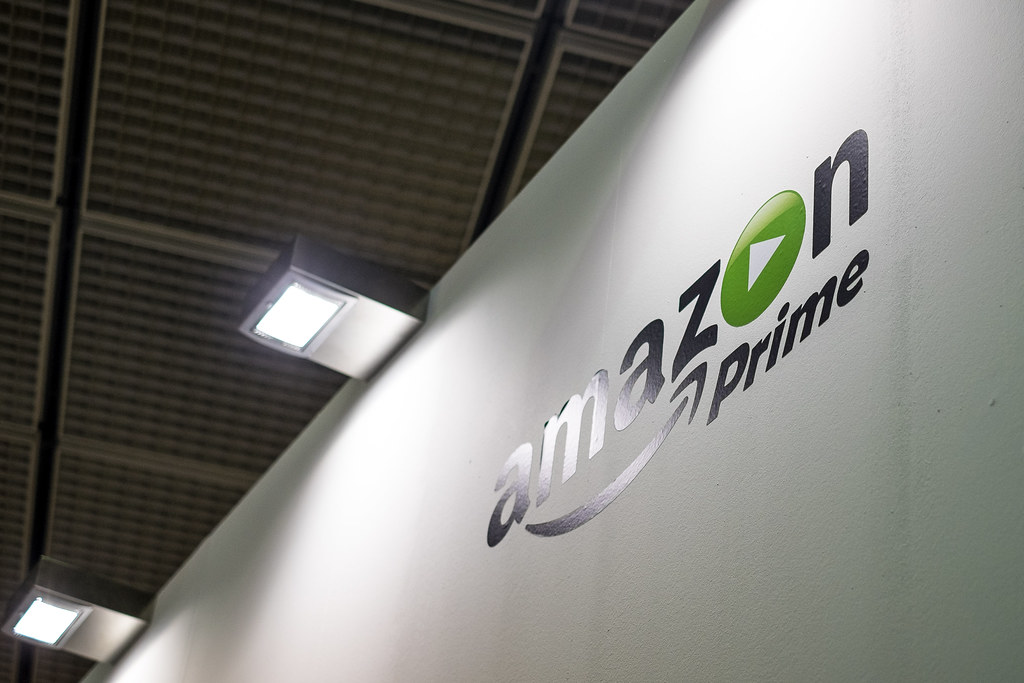
2. **Business Models: Amazon’s Multi-Engine Machine vs. Walmart’s Value Fortress**
Amazon operates as a sophisticated multi-engine machine, where various components synergistically fuel its overarching growth. The colossal retail and marketplace sales serve as a primary engine, driving traffic and feeding into its flagship Prime membership program. In turn, Prime, with its 200 million members, acts as a powerful retention mechanism, boosting engagement and utilization across Amazon’s diverse offerings, including Ads, Buy with Prime, Payments, and Media services. This intricate ecosystem creates a virtuous flywheel effect, where each element strengthens the others.
The crown jewel of Amazon’s operational architecture is Amazon Web Services (AWS). AWS, contributing $92 billion, or 16% of Amazon’s total revenue in 2024, consistently throws off substantial cash and fuels innovation across the entire company. This financial engine enables Amazon to continually invest in its retail operations, logistics infrastructure, and new ventures, ensuring sustained competitive advantage. The combined result is a company adept at monetizing consumer attention, logistical capabilities, and invaluable data across multiple distinct, yet interconnected, profit centers.
Walmart, by contrast, functions as a formidable value fortress, built upon its core promise of everyday low prices and its ubiquitous presence. Its strategy hinges on driving traffic through its vast network of everywhere-nearby stores, which number 4,600 in the U.S. and serve 270 million weekly customers globally. These physical locations are not merely retail outlets; they double as efficient mini-fulfillment hubs, facilitating seamless pickup services and enabling crucial last-mile delivery operations, particularly for groceries and essentials.
To protect and enhance its margins, Walmart strategically leverages its strong portfolio of private brands—such as Great Value and bettergoods—its expansive pharmacy services, and a meticulously disciplined supply chain. Furthermore, the company is actively transforming its rich datasets, advertising capabilities via Walmart Connect, and various services into fresh growth engines. Critically, Walmart achieves this expansion without ever abandoning its foundational price promise, ensuring it remains the preferred destination for value-conscious consumers in a high-inflation environment.

3. **Memberships That Matter: Prime vs. Walmart+**
Amazon Prime stands as both an emotional and intensely practical subscription service for its vast global membership. The primary lure, or “hook,” for Prime remains its offering of fast, often free, shipping across millions of eligible items. Beyond this core utility, a rich tapestry of supplementary benefits — including streaming video (Prime Video), gaming perks, and exclusive deals — acts as the “sticky glue” that ensures high member retention. Once Prime becomes an ingrained habit in a household’s routine, the default click for online purchases invariably tilts towards Amazon, fostering deep loyalty and increasing lifetime customer value.
For households heavy on digital content consumption and frequent e-commerce orders, Prime often feels irreplaceable. Its comprehensive ecosystem caters to a broad spectrum of needs, from entertainment to immediate purchasing, embedding Amazon deeply into daily life. This deep integration is a key differentiator, making the membership far more than just a delivery service, but rather a gateway to a holistic digital and retail experience that contributes significantly to Amazon’s overall revenue streams through membership fees.
Walmart+, positioned as the “value-hunter’s card,” caters to a distinctly different, yet equally significant, consumer segment. Its benefits are directly geared towards maximizing everyday savings and convenience for regular household needs. Members enjoy fuel discounts, free delivery from local stores—often the same stores they visit weekly—and the efficiency of mobile scan-and-go features within physical locations. Additionally, periodic promotions further enhance the perceived value, making it a compelling offering for its target demographic.
Walmart+ strongly resonates with families who prioritize weekly grocery runs and are acutely aware of the final receipt total at the end of the month. For these households, Walmart+ can quietly yet consistently save real money, particularly given Walmart’s dominance in grocery sales, which account for 60% of its U.S. sales. In a market where price sensitivity is paramount, Walmart’s strategic offering, including a compelling 50% discount on membership fees through mid-July this year, aims to attract and retain customers who might otherwise gravitate toward Amazon Prime, underscoring the intensity of the “membership wars.”
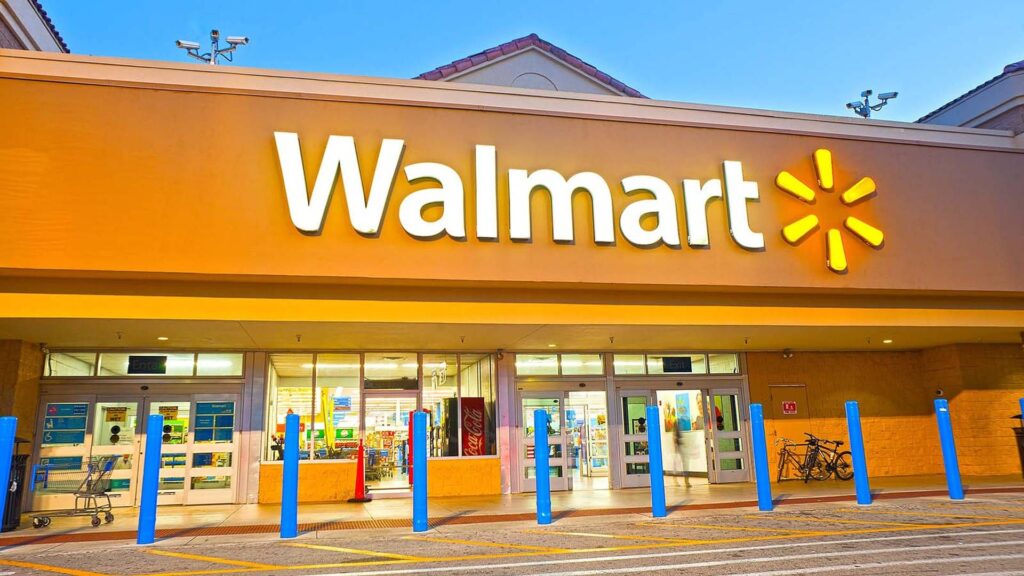
4. **Marketplace Dynamics: Opportunities for Third-Party Sellers**
Amazon Marketplace represents an ecosystem of massive scale, offering third-party sellers granular tools and a powerful advertising platform capable of transforming a solid product into a market rocket. With 300 million active customers and 200 million Prime members, the potential reach is unparalleled. However, this immense opportunity comes with significant challenges: the competition is notoriously brutal, various fees — including subscription, referral, and fulfillment — can quickly add up, and policy enforcement often feels rigid to sellers. Navigating this environment demands a high level of sophistication.
Despite the steep learning curve, sellers who master search engine optimization, cultivate strong customer reviews, and skillfully manage their advertising campaigns can still build eight- and even nine-figure brands on Amazon. The platform’s surgical ad engine, which understands shopper search patterns, conversion points, and reordering habits, can print performance when campaigns are precisely tuned. However, the intensity of ad auctions can make achieving healthy blended margins a constant strategic endeavor, requiring continuous optimization and adaptation to the platform’s evolving algorithms.
Walmart Marketplace, while currently smaller in scale compared to Amazon, offers a distinct set of advantages, primarily its less saturated environment. It caters to a growing audience that arrives ready to purchase essentials, often driven by Walmart’s established reputation for value. For many categories—especially grocery-adjacent items, household supplies, baby products, and pet essentials—Walmart can deliver healthier blended margins for sellers. This is largely due to the advertising auctions being less ferocious than Amazon’s, presenting a more favorable cost-per-acquisition scenario.
On the flip side, Walmart Marketplace currently exhibits a narrower catalog breadth and more limited international reach compared to Amazon’s global playbook. The smart strategic play for many brands involves launching on Amazon first to gain fast signal on product-market fit, learn the ad auctions, and build initial reviews. Subsequently, adding Walmart Marketplace allows for capturing incremental share, building omnichannel credibility, and diversifying risk with a second algorithm that may not penalize sellers in the same way when Amazon’s winds shift. Walmart Fulfillment Service (WFS) also presents a compelling alternative, offering no monthly seller fees and lower referral rates, further enhancing its appeal for strategic expansion.
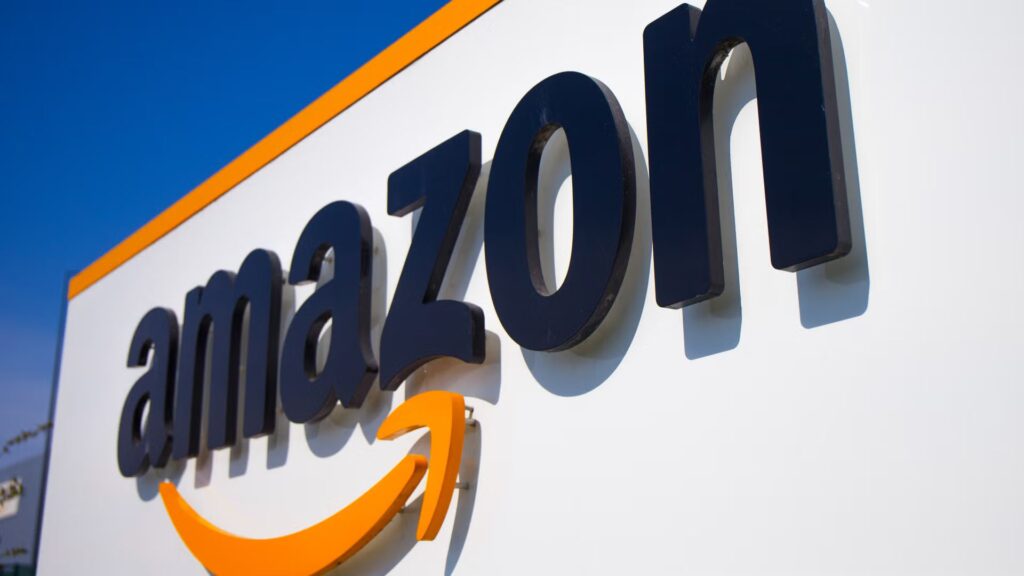
5. **Fulfillment & Speed: The Battle for Last-Mile Efficiency**
Amazon’s fulfillment strategy, leveraging its vast FBA (Fulfillment by Amazon) network augmented by regionalized distribution centers, is relentlessly focused on compressing delivery promise windows. Through sophisticated regional sortation facilities, the proliferation of same-day delivery sites, and increasingly surgical inventory placement, Amazon has engineered a system that feels friction-free for the majority of shoppers. This advanced logistics choreography allows Amazon to consistently win when consumers need an uncommon part, a niche accessory, or any non-grocery item delivered swiftly, often within hours or overnight.
Walmart, on the other hand, ingeniously transforms its expansive physical footprint into a powerful network of micro-fulfillment hubs. With over 4,000 U.S. store locations, Walmart leverages these assets for local fulfillment, creating an unbelievably practical solution in dense suburban corridors. Its curbside pickup service is exquisitely refined, offering a seamless and efficient experience that aligns perfectly with busy consumer routines. Furthermore, same-day delivery services operate on short routes directly from the local store, often the very one shoppers pass on their daily commute, providing unparalleled convenience for immediate needs.
This strategic pivot, driven by leveraging store density, has allowed Walmart to achieve remarkable efficiency. The company boasts a “10-mile advantage,” enabling 93% of U.S. households to receive deliveries in under 24 hours, with a target of 95% by year-end. Its Express delivery window, guaranteeing delivery in under 3 hours, now accounts for 30% of online orders, demonstrating its capacity to monetize urgency. These rapid services have also led to an increase in basket sizes, growing by 12% after the first Express order and 25% after the fourth, transforming e-commerce from a cost center into a margin driver for Walmart.
The translation for consumers is clear: if you need groceries, paper goods, back-to-school essentials, or any store-stocked items today, Walmart emerges as a powerhouse, especially when utilizing its convenient curbside option at a specific time like 5 PM. While Amazon excels at delivering niche or long-tail SKUs with speed, Walmart’s unparalleled physical proximity and efficient store-to-door logistics position it as the champion for everyday necessities and local convenience, showcasing distinct strengths in the ruthless truth of last-mile delivery.
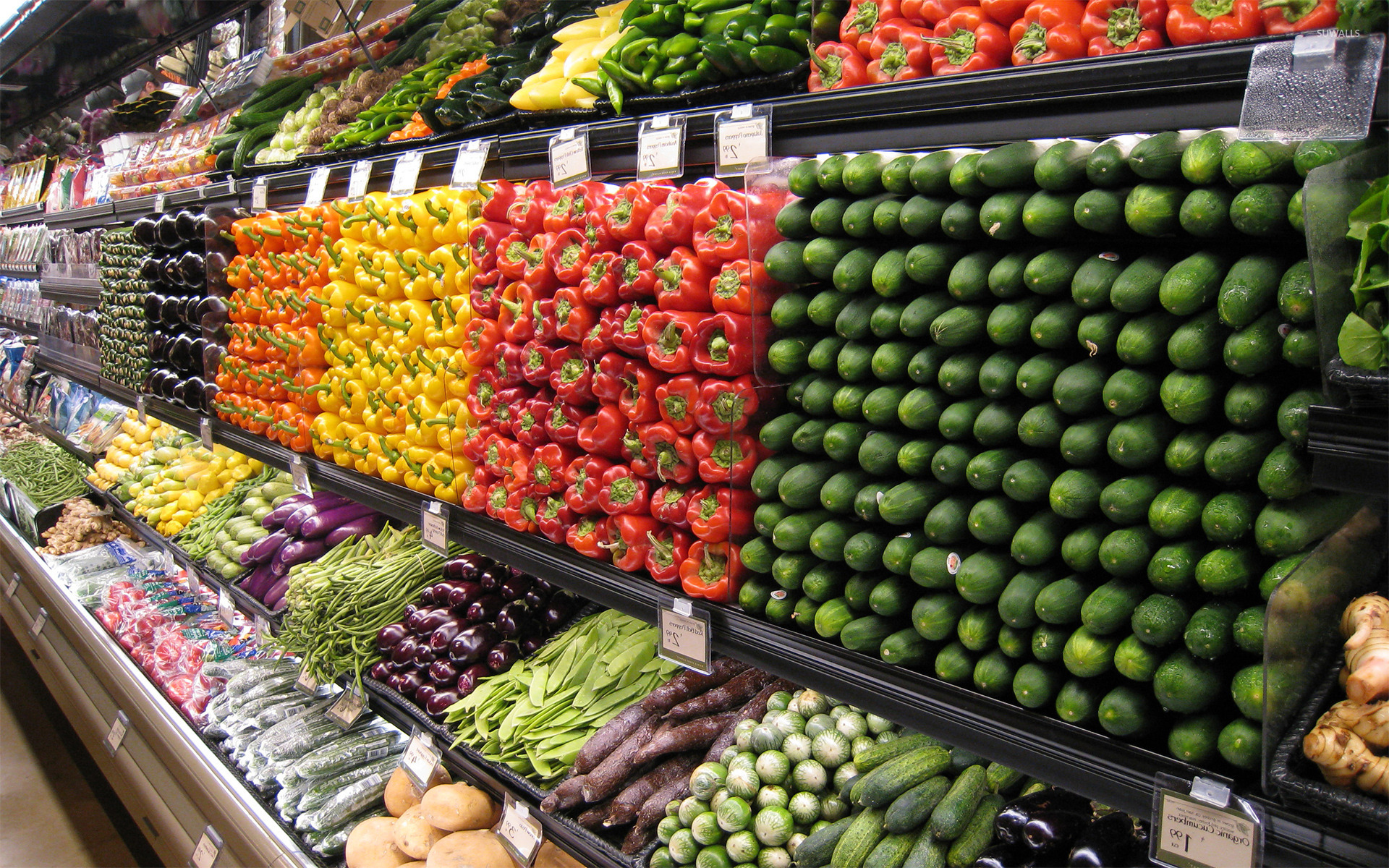
6. **Grocery Leadership: Walmart’s Home Turf vs. Amazon’s Ambition**
Grocery sales remain the undisputed home turf for Walmart, forming a crucial cornerstone of its entire operation. This segment accounts for a commanding 60% of its U.S. sales, providing a stable and substantial revenue base that is difficult for any competitor to challenge. Walmart’s dominance in this sector is driven by a powerful combination of breadth of selection, its steadfast everyday low price strategy, and the convenience of one-trip completeness, allowing shoppers to acquire not only food but also household essentials and pharmacy items in a single visit. Grocery is a weekly ritual for most households, and Walmart’s infrastructure is perfectly aligned with this fundamental consumer behavior.
Amazon, while making strides, continues its ambition to significantly penetrate the grocery market, a goal that has seen consistent investment and strategic adjustments. The company has improved its fresh delivery options and forged local tie-ins, attempting to replicate its e-commerce success in this highly competitive arena. Despite these efforts, many households still primarily anchor their weekly grocery baskets at Walmart, relying on the retail giant for their foundational food and essential purchases. Amazon, in this scenario, often serves as a complementary option, used for topping off online for specialty items, niche ingredients, or pantry essentials through subscribe-and-save programs.
For brands, the distinction between these two giants in the grocery space offers different avenues for growth and market penetration. Walmart’s powerful “shelf + search synergy” allows for products to be simultaneously launched and reinforced. A brand can gain prominent physical shelf space in thousands of stores while also appearing high in search results on Walmart.com and through Walmart Connect ads, creating a comprehensive marketing and distribution advantage. This integrated approach can significantly accelerate product visibility and sales velocity, especially for consumer packaged goods (CPGs).
Conversely, Amazon provides an ideal platform for brands focusing on variety, specialty diets, or those that thrive on the convenience of subscribe-and-save pantry essentials. Its vast online catalog can accommodate a broader range of niche products that might not find space on a physical shelf. However, the competition in this space is fierce, and Amazon’s significant investment in enhancing its grocery services, including through Whole Foods, represents a potential, albeit evolving, threat to Walmart’s long-standing stronghold. The ongoing competition in the grocery sector underscores the critical importance of price sensitivity and availability in determining market share, especially as consumers become more discerning about where their food dollars are spent.
The strategic landscape between Amazon and Walmart extends far beyond their core retail operations, encompassing sophisticated growth engines, intricate financial architectures, and calculated risk management. As these titans continue to redefine the future of commerce, a deeper examination of their advanced strategies reveals distinct pathways to sustained market leadership, impacting consumers and sellers alike.
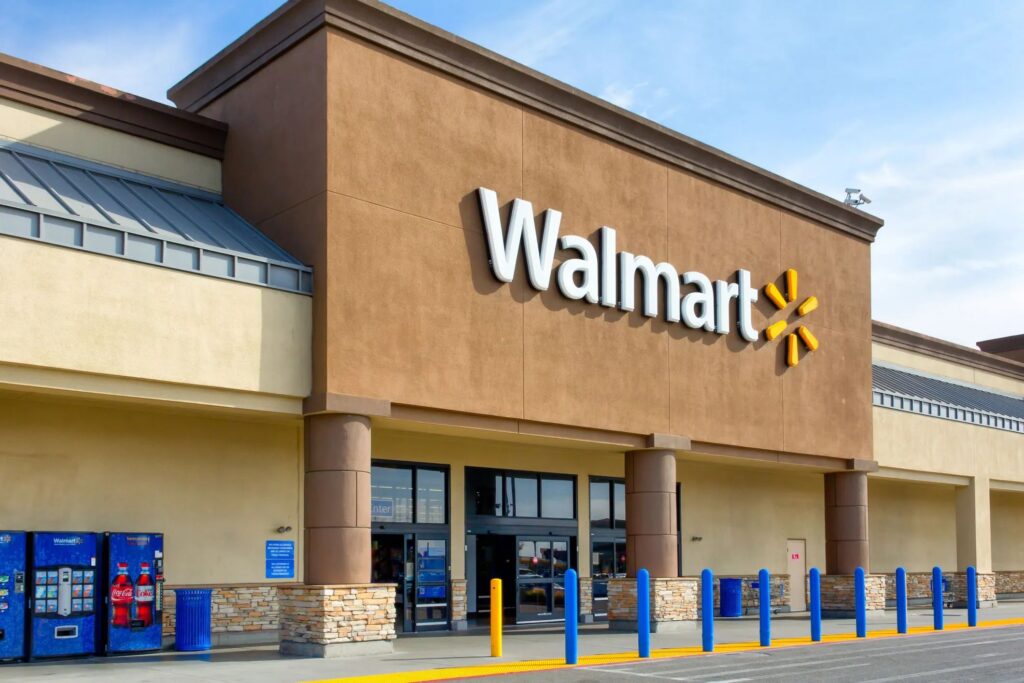
7. **Advertising: The Silent Moneymaker for Both**
Amazon Ads stands as a surgically precise engine within the e-commerce giant’s ecosystem, demonstrating an profound understanding of shopper behavior. It meticulously tracks what consumers search for, when they convert from browsing to buying, and their reordering habits. This deep analytical capability allows for highly effective campaign targeting, leveraging rich placement options such as sponsored products, brands, display ads, and video content across its vast platform.
When campaigns are precisely tuned, Amazon’s ad engine can ‘print performance,’ generating significant returns for brands. For digital-first brands, this platform provides an unparalleled opportunity to supercharge visibility and sales velocity, tapping into Amazon’s extensive customer base and its capacity for rapid scale and discovery. However, the intensity of ad auctions necessitates continuous optimization to achieve healthy blended margins in a fiercely competitive environment.
Walmart Connect, while a newer entrant, is maturing rapidly, strategically integrating in-store, online, and off-site signals to create a holistic advertising solution. For Consumer Packaged Goods (CPG) brands, the ability to link store sales directly with online impressions represents a ‘gold standard’ in retail media, offering a comprehensive view of campaign effectiveness across omnichannel touchpoints. This integrated approach allows brands to understand the true impact of their advertising spend.
The advertising auctions on Walmart Connect are notably less crowded compared to Amazon’s, often yielding surprisingly strong Returns on Ad Spend (ROAS) for essential items. This less saturated environment presents a compelling advantage for grocery and household brands seeking to achieve measurable online sales alongside an undeniable lift in their in-store performance. Walmart Connect thus emerges as a critical platform for brands prioritizing omnichannel credibility and a safer margin structure in key segments.
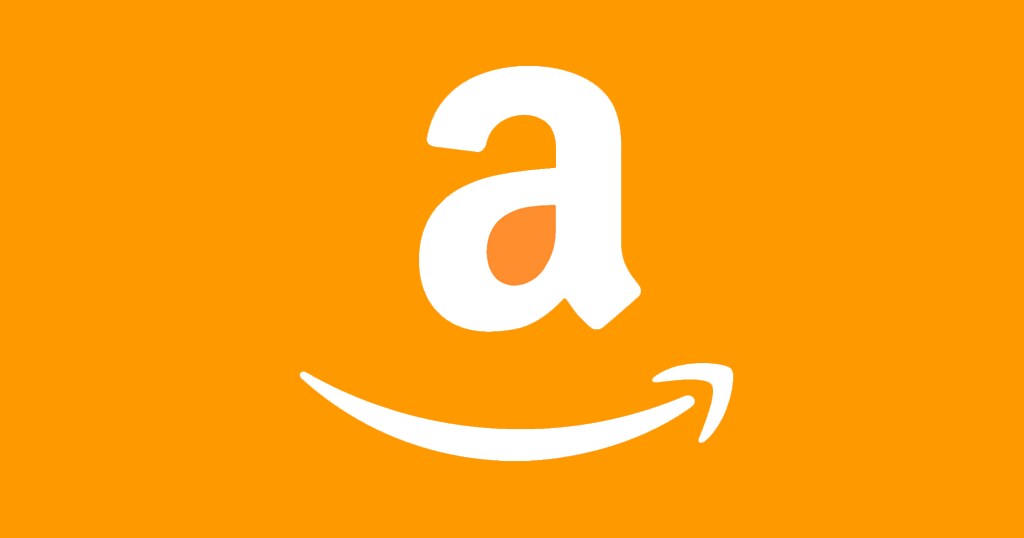
8. **Private Brands: Price Power and Margin Armor**
Both Amazon and Walmart strategically leverage their extensive portfolios of private label brands as powerful tools, serving both as instruments for delivering value to consumers and as vital bargaining chips in negotiations with suppliers. These proprietary brands allow the retailers to exert greater control over pricing and product specifications, ensuring a consistent offering that aligns with their core value propositions. For consumers, private labels translate into high-quality, low-cost alternatives that resonate particularly strongly during periods of economic uncertainty.
Walmart’s private brands, including well-known names like Great Value and the newer bettergoods line, excel in categories foundational to household needs. They shine brightest in basics, pantry staples, and general household goods, where consistent quality and competitive pricing are paramount for value-conscious shoppers. This focus on essentials reinforces Walmart’s ‘everyday low price’ promise, solidifying its position as a go-to destination for budget-friendly necessities.
Amazon’s private brands, by contrast, tend to find their niche in a broader range of categories, often reflecting the diversity of its online marketplace. They typically shine in areas such as accessories, home goods, everyday gadgets, and more specialized or niche categories. These offerings cater to the varied demands of its online customer base, providing competitive alternatives across a vast digital catalog.
Critically, private labels serve as an indispensable ‘margin armor’ for both retail giants. They provide a strategic buffer, allowing the companies to discipline supplier pricing and absorb demand during inflationary spikes, thereby protecting their profitability. By offering compelling alternatives to national brands, they ensure that consumers always have access to affordable options, reinforcing brand loyalty and insulating the retailers from external cost pressures.

9. **Services Moat: Cloud vs. Clinics vs. Content**
Amazon’s unparalleled superpower extends far beyond its retail arm, manifesting as a constellation of interconnected services that create an almost unbreachable ‘moat.’ This ecosystem includes robust subscriptions like Prime, expansive media offerings (Prime Video, Music, Audible), innovative devices, and, most crucially, Amazon Web Services (AWS), which powers a significant portion of the broader internet. These advanced engines generate substantial cash flow and strategic advantages.
The financial strength and technological prowess derived from AWS, in particular, enable Amazon to invest aggressively and continually in its logistics infrastructure and new ventures. This allows the company to rapidly deploy innovations and expand capabilities, often ‘before competitors can blink,’ establishing a formidable lead in efficiency and service delivery that is exceedingly difficult for rivals to match or surpass. This constant reinvestment fuels Amazon’s relentless pursuit of customer convenience.
Walmart’s distinct superpower lies in its deep-rooted community proximity, fostering a sense of local trust and loyalty that is difficult to replicate through digital means alone. This includes its vast network of pharmacies, health clinics in select markets, comprehensive auto care services, and the daily, face-to-face interactions of its store teams with local residents. This direct engagement builds authentic relationships and a deep understanding of community needs.
These two distinct superpowers, rather than canceling each other out, carve out complementary yet ‘distinct moats’ that explain the sustained success of both companies. Amazon dominates through digital ecosystems and global scalability, while Walmart leverages its physical presence and community ties to cultivate loyalty and trust. Both strategies are durable and allow each company to continue winning in their respective lanes, catering to different but equally vital consumer missions.

10. **Profit Drivers and Unit Economics (Simplified)**
Amazon’s profitability model, at a simplified level, illustrates a strategic architecture where various components contribute to a robust blended margin, even if its core retail segment sometimes operates with thinner profit margins. The substantial contributions from its advertising platforms, subscription services like Prime, and the immense profitability of its cloud computing division, AWS, collectively fatten the overall profit picture. This diversified revenue stream provides resilience and fuels further investment.
The more consumers engage and interact within the Amazon ecosystem—whether clicking on ads, streaming content, or utilizing Prime benefits—the more profitable its ‘long tail’ of services and offerings becomes. This virtuous cycle, driven by consumer attention and data, allows Amazon to monetize convenience and digital engagement at scale, turning user activity into a compounding profit engine that underpins its sustained growth and innovation.
Walmart’s profit core remains firmly anchored in its retail operations, a foundation meticulously protected by its colossal scale, an impressively disciplined supply chain, and a strategically curated product mix. These operational efficiencies allow Walmart to maintain its ‘everyday low price’ promise while still generating substantial retail profits. The company’s massive purchasing power and logistical prowess create significant cost advantages.
Furthermore, Walmart is actively introducing new lines of business that add significant ‘torque’ to its profit engines without ever compromising its foundational low-price promise. These include its rapidly expanding media and advertising platforms (Walmart Connect), data services, health initiatives (pharmacies, clinics), and evolving financial tools. The result is a clear dichotomy: Amazon proficiently monetizes consumer attention and convenience, while Walmart skillfully monetizes traffic and trust through its omnipresent physical and digital presence.
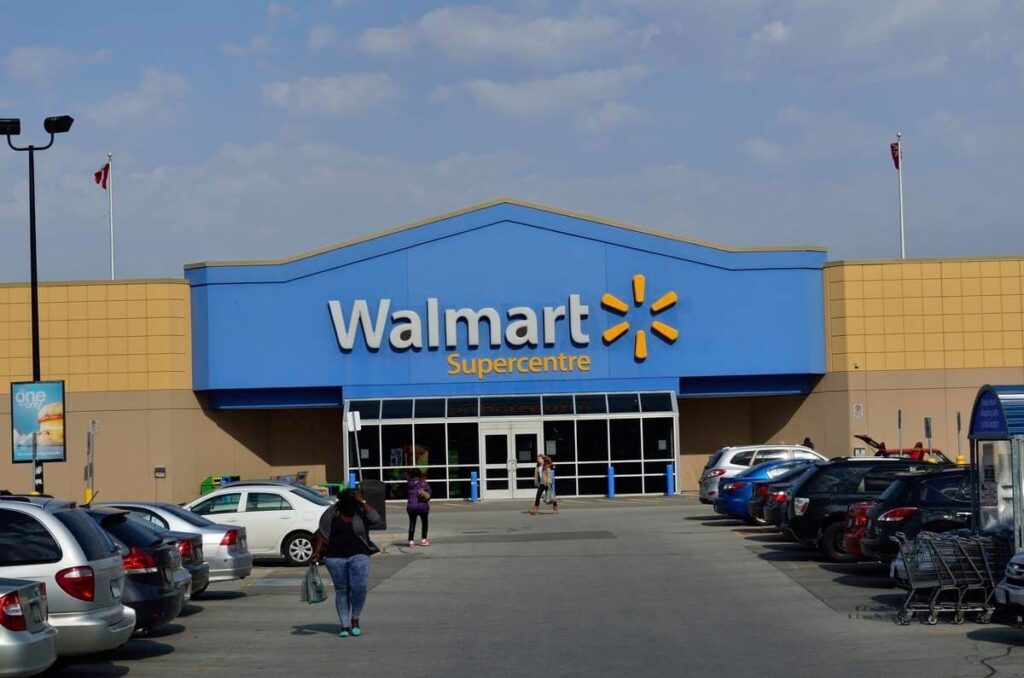
11. **International Reach and Local Gravity**
Amazon has demonstrably mastered the ‘global playbook’ for marketplace expansion, skillfully navigating the complexities of cross-border e-commerce to establish a formidable international footprint. Its strategy involves replicating its successful marketplace model in numerous countries, leveraging its technological infrastructure and logistical expertise to connect sellers and buyers across continents. This global reach is a cornerstone of its ambition for continued growth and market share dominance.
Walmart, conversely, adopts a more selective approach to international expansion, choosing its battles strategically. The retail giant leans heavily on markets where its core strengths—specifically its extensive network of physical stores and a highly efficient supply chain—can produce clear, demonstrable advantages. This disciplined strategy prioritizes profitable presence over a sprawling, less efficient global footprint, ensuring that its international ventures align with its operational capabilities and value proposition.
Neither Amazon nor Walmart is currently attempting to establish a presence ‘everywhere at once.’ Instead, both companies are rigorously optimizing for ‘profitable presence,’ a strategic shift away from merely planting ‘vanity flags on a map.’ This refined approach ensures that every international venture is carefully considered for its potential to generate sustainable returns and contribute meaningfully to the company’s overall financial health, rather than being driven by sheer geographic coverage.
This selective global strategy underscores a mature understanding of market dynamics, recognizing that indiscriminate expansion can dilute resources and diminish profitability. By focusing on regions where their respective strengths are most potent, Amazon and Walmart maximize their returns on international investments, solidifying their positions in key global markets where their operational models can truly thrive.
Read more about: Why Your Grocery Bill Stays Stubbornly High: An In-Depth Look at Sticky Inflation

12. **Risks You Should Not Ignore**
For Amazon, the path forward is not without considerable strategic risks. These include ongoing marketplace policy friction, where changes can create tension with its vast network of third-party sellers. There is also persistent fee pressure on sellers, which, if increased too aggressively, could deter participation and reduce marketplace diversity. Furthermore, rising logistics costs, amplified by the relentless pursuit of faster delivery, pose a continuous challenge to its operating margins.
Crucially, Amazon faces intensifying regulatory scrutiny over its perceived dominance in both the marketplace and advertising sectors. Governments and antitrust bodies globally are examining its market power, which could lead to interventions that impact its business model and profitability. Navigating this complex regulatory landscape while maintaining innovation and growth is a delicate balance for the tech giant.
Walmart also contends with its own unique set of strategic vulnerabilities. Significant among these are wage and insurance inflation, which directly impact its substantial workforce and operational expenses, potentially squeezing its already disciplined margins. The inherent price sensitivity within the grocery sector means any significant price increases could deter its core customer base, challenging its foundational value proposition.
Additionally, the execution complexity of its burgeoning healthcare initiatives and the delicate challenge of growing its advertising arm, Walmart Connect, without inadvertently ‘cluttering the value experience’ for shoppers, represent significant strategic hurdles. Walmart must expand these new growth engines while steadfastly preserving its image as the low-price leader.
Beyond their individual challenges, both Amazon and Walmart face shared, pervasive risks that require constant vigilance. These include the perennial threat of counterfeit products infiltrating their marketplaces, which erodes consumer trust and brand integrity. Returns abuse, where consumers exploit lenient policies, adds further operational costs and complexity. Most critically, both giants are locked in a ‘perpetual arms race’ to keep last-mile delivery affordable, an increasingly costly endeavor that is fundamental to their customer value propositions.
In the high-stakes arena of 2025 retail, Amazon and Walmart are not merely competing; they are crystallizing into distinct, yet equally formidable, entities. Amazon is unequivocally establishing itself as the ultra-connected, convenience-maximizing, and service-rich ecosystem, an undisputed champion for fast online purchases, niche items, digital entertainment, and the seamless world of subscribe-and-save programs. Its digital frontier continues to expand, reshaping expectations for speed and breadth of offering.
Conversely, Walmart solidifies its role as the omnipresent, value-anchored, and community-rooted network, standing as the undeniable champion for weekly grocery baskets, the unparalleled speed of curbside pickup, the efficiency of one-trip shopping, and reliable budget control. For shoppers, the savvy approach is to recognize these strengths and leverage both: holding Prime for digital and dispersed buys, and Walmart+ for weekly groceries and fuel savings. Discipline in list management and exploiting curbside options during busy weeks further optimizes savings and convenience.
For third-party sellers and brands, the most resilient strategy is to embrace both platforms. Amazon remains the go-to for launch velocity and global reach, providing the signals and scale needed for rapid discovery. Walmart, with its lower ad competition in essentials and powerful omnichannel shelf presence, drives everyday velocity and incremental share with healthier category margins. Diversifying fulfillment and measuring incrementality become paramount, allowing brands to tell a cohesive story, albeit tailored for each giant’s unique strengths: depth and storytelling for Amazon, clarity and value for Walmart.
Read more about: Navigating the World Solo After 60: 14 Essential Tips for a Safe and Empowering Journey
As the 2025–2027 horizon unfolds, scenario maps suggest a dual victory for a soft-landing consumer, with Amazon capturing more digital wallet share through ads and subscriptions, and Walmart taking more weekly household spend via robust grocery demand and rising curbside volumes. Should consumer budgets tighten, Walmart strengthens as the defensive retailer, while Amazon fights harder for discretionary dollars. In essence, the U.S. consumer continues to bifurcate along axes of time versus money, with Amazon monetizing time saved and Walmart monetizing money saved. This fundamental thesis looks durable, affirming that smart operators will not choose between these titans, but rather, will skillfully ride both waves, allowing compounding advantages to drive success. This is not about one victor, but about tailored missions, where the optimal choice is always aligned with the immediate need, ensuring a dynamic and ever-evolving retail landscape.

